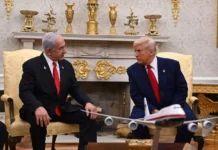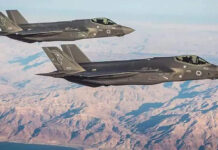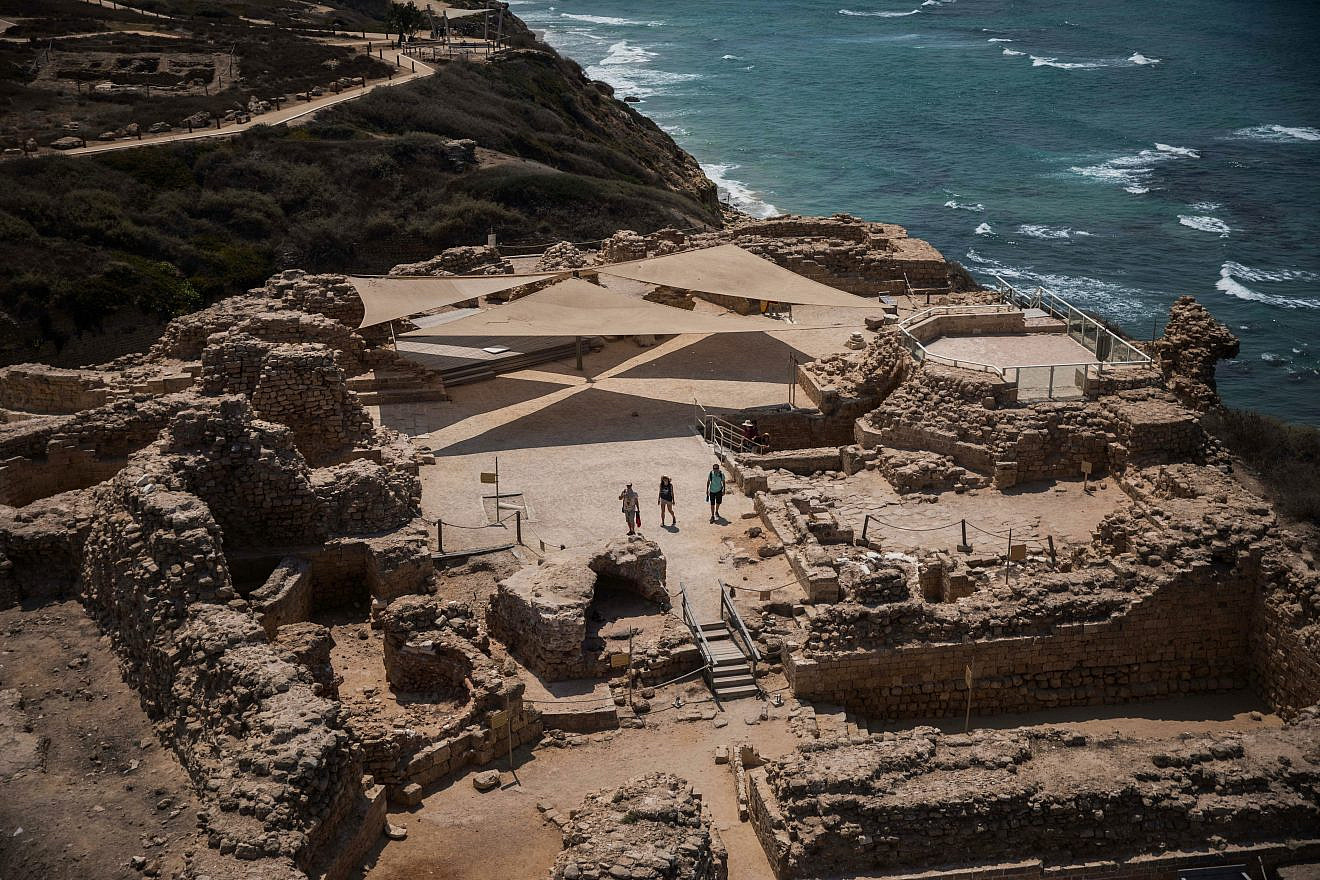Jewish “mission tours” have been selling out. Itineraries are focused on the devastation that Hamas terrorists wrought in the Gaza Envelope on Oct. 7. Tours are showcasing the destruction of southern Israeli kibbutzim and communities, visiting the field where the Nova music festival took place to see the pictures of the murdered concert-goers, and hearing stories from survivors and families of loved ones who were killed or kidnapped into the Gaza Strip. These stories are heart-breaking. When loved ones share their trauma, it helps ease their pain. And hearing them told directly by loved ones helps connect Diaspora Jews with their extended Jewish family in Israel. It strengthens them so that they can defend Israel’s strong response when they return to the country for visits. Additionally, Diaspora Jews can be moved to contribute to the rebuilding.
Still, the stories of war can be focused too much on victimhood. “Look at what these savages did!” Understanding what happened is important; however, being immersed in victimhood is not healthy, psychologically or spiritually. Psychologically, victimhood drains one’s energy and increases anxiety. It can leave an impression that Israel is totally vulnerable—an Israel that is dependent on the United States and begging for help. There can be a voyeuristic aspect to victim touring that is also not healthy.
Visitors come to Israel to be inspired and see the hand of the Almighty in history, ancient and modern. Victory sites reinforce that inspiration. Victim sites without context can have the opposite impact. Both on these tours and in the future, these trips need to inspire—describing events within the unfolding story of the Jewish returnand rebuilding of the nation with a strong focus on Jewish victories in our land.
Within the victim sites, there were amazing victories. There is the story of the special forces officer who successfully defended his family, killing 14 different terrorists who tried to enter his home. There’s the story of the Bedouin driver who took his 15-passenger van directly into the onslaught and rescued 30 Jews, a number of them wounded. There are countless stories of police officers and security guards, and soldiers and reservists in the Israel Defense Forces, who didn’t wait for orders and rushed to the south in their personal vehicles to engage in the fighting, rescue Israelis under fire or transport, and care for the wounded.
Beyond this year and this war—and the incredible heroism of our soldiers and their families who support them—are victory sites from the past and the inspiring stories that accompany them. Tourists can go to Park Canada and gaze across the plains where the Maccabees wiped out Gorgias’s army on the way to a crushing victory and the rededication of the Temple. They can visit Apollonia on the cliffs of the Mediterranean and where the Mamelukes kicked out the Jew-murdering Crusaders so that aliyah—Jews returning to the land of Israel—could begin. They can visit the Beitar Museum in the Old City (Plugat Hakotel) and hear the story of non-religious Jews risking their lives in pre-state Israel to guard the rights of religious Jews praying at the Western Wall. They can stand on the top of Bental in the Golan and witness the miracle that allowed Avigdor Kahalani and his troops to hold off an onslaught of some 1,200 Syrian tanks with a handful of their own. They can go to Hebron and see the return of one of our four Holy Cities to Jewish hands, and listen to the stories of Rav Goren’s conquest and Rav Mordecai Eliyahu’s pointed speech to the imam in defense of Jewish soldiers, telling him to back off as these boys hadn’t seen “seen” their “fathers and mothers” (grave sites) in 2,000 years.
Today, we can share Israel’s amazing technological victories—military and otherwise—and the greening of the nation; Israel as the water-recycling world leader; the rebirth of the Hebrew language. They can observe innovative agriculture tech, where Israelis sit behind computer screens helping farmers in Mexico manage their orange groves. They can learn about Israel manufacturing the wings for F-16 fighter jets and visit military manufacturing sites. And we can showcase Israel as the undisputed Torah-learning capital of the world and provide a taste of this education.
We hope, in the not-too-distant future, that we will be able to see key sites where our brave Jewish soldiers reconquered Gaza from the hands of those who broke into Israel and brutalized our people.
One other way to turn victim touring into victory touring is by focusing on the resulting unity of the Jewish people. That is a huge part of this victory-to-be. Jews within Israel have never been more connected with each other and with Jews in the Diaspora, and Jews in the Diaspora have never been more connected with each other and Israel. There are so many sites that demonstrate that unity, including hands-on projects such as helping farmers across the country, and families displaced in southern and northern border communities.
Except for mission trips, Israel’s tourism sector is in a major lull. January tourism was one-fifth of a year earlier, which was only about half of pre-COVID levels. Ben-Gurion International Airport is eerily vacant at the moment compared to what it was. God-willing, it will all turn around soon with a clear victory, and when it does, we will want to leave our visitors inspired.
Certainly, understanding what evil looks like and what was done to our people can be an important piece of a tour. But making victimhood the primary focus is not healthy, psychologically or spiritually. Victory touring, on the other hand, will lift spirits and inspire both visitors and those they will meet when they return home from their time in Israel.
























